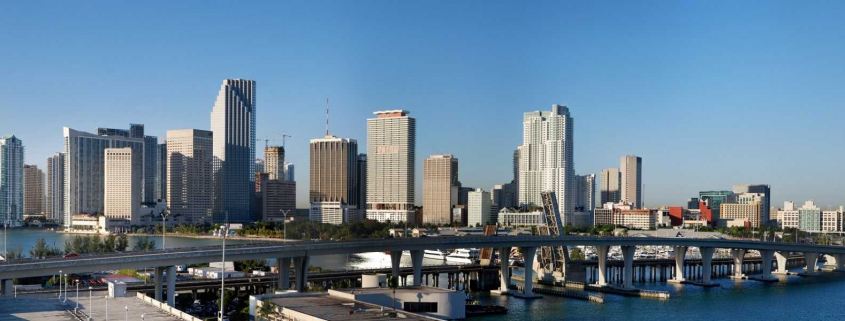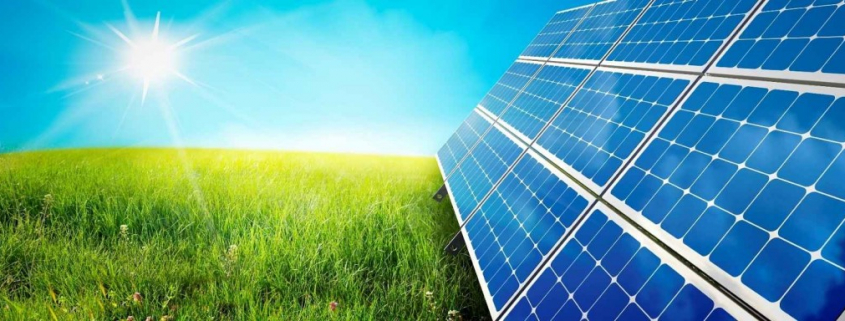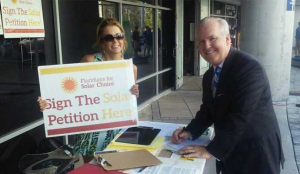It’s time America steps up its sustainability measures around the country, and a new report shows which cities are leading the way.
The Sustainable Development Solutions Network released its second annual report on U.S. city sustainability, which looked at 100 of the most populated metro areas and cities around the nation to record how each city meets the United Nations Sustainable Development Goals (SDG).
According to Fast Company, Senior Adviser for Sustainable Development Solutions Jessica Espey noted that the data from this year’s report cannot be directly compared to last year’s. Instead, she said, this year’s data should be seen as evolving data.
“We did change quite a few indicators either due to data quality concerns, or because we found better data. To the extent that we can, we will use replicable data every year so that we can look at comparisons over time,” said Espey to Fast Company.
The report found that 62 cities are less than 50 percent of the way toward making good on 15 of the 17 SDGs that are applicable to urban areas. The No. 1 metro area, San Jose-Sunnyvale-Santa Clara, was only 68 percent of the way toward meeting those SDGs.
While each city varied on good and bad performances for certain indicators, there were common SDG barriers throughout the nation: poverty, racial inequality, climate interaction and failure to provide residents with healthy food.
The Miami-Fort Lauderdale-West Palm Beach metropolitan area ranked 58 with an index score of 46.44. The only indicator where Miami metro area had a good performance was responsible consumption and production.
The Miami metro area category did see moderate performance indicators on hunger, life on land and sustainability. The area also saw a moderate performance in gender equality, which they ranked No. 2 in overall.
However, similar to every other city on the list, the Miami metro area had poor performance on climate action. The area also needs improvement on affordable and clean energy and clean water and sanitation. By highlighting a common problem across the country, the Sustainable Development Solutions Network hopes that officials will begin to make changes to improve.
“It is hoped that the report will also enable cities to identify peers struggling with similar challenges, and help facilitate a national dialogue on how to accelerate progress,” the report states. “It also offers hope by highlighting cities that are tackling these challenges and can offer inspiration to others across the country.”
Source: Miami Agent Magazine



